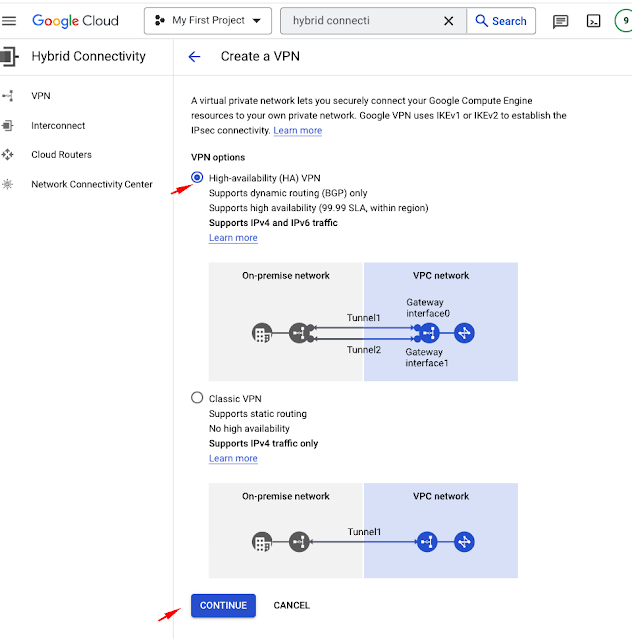In a recent conference, it was highlighted that PCI DSS compliance transcends mere regulatory adherence, emerging as a vital element of an organization's security framework and trustworthiness.
This article delves into the multifaceted nature of PCI DSS compliance, emphasizing its significance in safeguarding data and maintaining customer trust amidst the digital landscape's evolving threats.
PCI DSS serves as a blueprint for implementing necessary controls, engaging relevant stakeholders, and determining the financial investment required for compliance. We will explore the varying levels of PCI DSS and how compliance strategies shift with each level.
*****
PCI DSS categorizes entities into two primary groups: Service Providers and Merchants, with the latter subdivided into four levels based on transaction volume.
Level 1: Targets enterprises processing over six million transactions annually, requiring an annual compliance report by an external Qualified Security Assessor (QSA) and quarterly network scans by an Approved Scanning Vendor (ASV).
Level 2: For merchants handling between one and six million transactions, a Self-Assessment Questionnaire is mandated.
Some challenges with level 2, is keeping up with evolving technology and associated risks can be challenging, especially for merchants with limited IT staff.
Many Level 2 merchants rely on third-party vendors for payment processing, adding another layer of risk and complexity to compliance.
Level 3: Addresses merchants with 20,000 to one million annual transactions, requiring a Self-Assessment Questionnaire and an internal compliance report.
Level 4: Designed for organizations handling fewer than 20,000 transactions, which calls for the completion of a self-assessment questionnaire.
*******
It's important to remember, though, that a merchant's level is not determined just by transaction volume. Card issuers may require compliance to Level 1 standards in some situations, including after a cyberattack.
PCI DSS recognizes a balance between the needs of sophisticated systems for large transactions and the requirement for cost-effective compliance solutions for smaller entities.
The article further discusses how the compliance process varies with transaction volume. Entities with extensive transactions need robust systems, while those with fewer transactions seek cost-effective compliance solutions, a balance PCI DSS acknowledges.
Additionally, the manner in which cardholder payment data is processed significantly influences the compliance pathway, from the controls implemented to the required security scans.
Finally, two compliance requirements are universal across all PCI DSS levels: the Attestation of Compliance (AOC) and Quarterly Network Vulnerability Scans, both critical for validating and maintaining PCI DSS compliance.
Referencing :https://www.pcisecuritystandards.org/












